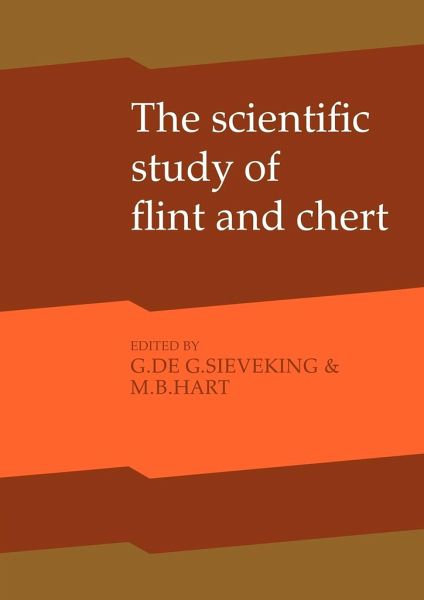
The Scientific Study of Flint and Chert
Proceedings of the Fourth International Flint Symposium Held at Brighton Polytechnic 10 15 April 1983
Herausgeber: G. De G., Sieveking; Sieveking, G. De G.; M. B., Hart
Versandkostenfrei!
Versandfertig in 1-2 Wochen
48,99 €
inkl. MwSt.

PAYBACK Punkte
24 °P sammeln!
The thirty papers in this 1986 volume review the scientific knowledge of the nature of flint and chert at this time. These papers were presented at a 1983 interdisciplinary and international conference on flint and other cherts. Each contribution has been meticulously assessed and edited prior to publication. This collection is principally concerned with the geology and geochemistry of flint in European chert. Topics include the origin of flint; scanning electron microscopy of surface textures; and the behaviour of flint under periglacial conditions. There is a companion volume, edited by G. d...
The thirty papers in this 1986 volume review the scientific knowledge of the nature of flint and chert at this time. These papers were presented at a 1983 interdisciplinary and international conference on flint and other cherts. Each contribution has been meticulously assessed and edited prior to publication. This collection is principally concerned with the geology and geochemistry of flint in European chert. Topics include the origin of flint; scanning electron microscopy of surface textures; and the behaviour of flint under periglacial conditions. There is a companion volume, edited by G. de G. Sieveking and M. B. Hart, on the archaeological uses of flint.




